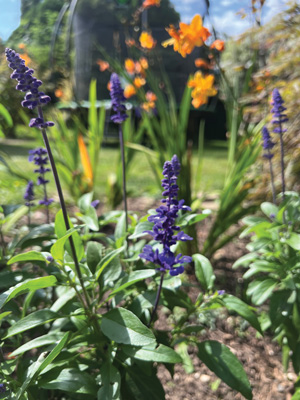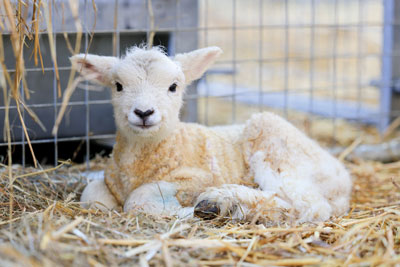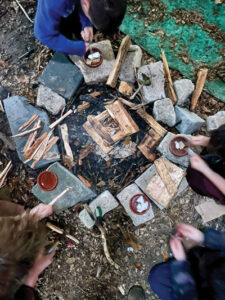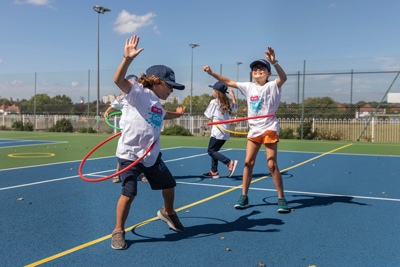
by Debbie Webb,
Founder of Activ8 For Kids
Physical activity is an all encompassing term, which can refer to PE lessons at school, participation in team or individual sports, running around at the park and much more. Each one brings its own physical benefits such as healthy bones and muscles, a strong heart and lungs as well as developing fundamental movement skills, speed, strength and stamina. However, physical activity can bring a wealth of other benefits to children, meaning that even if your child is not ‘sporty’, helping them develop a lifelong habit of regular physical activity can help them across many aspects of their life.
Physical activity is defined by the World Health Organisation as any bodily movement produced by skeletal muscles that requires energy expenditure. This includes walking to school, cleaning their rooms, kicking a ball around in their garden and any other movement that uses energy. The NHS recommends that children aged five to 18 years need to take part in 60 minutes of physical activity per day and for children under five it is 180 minutes.
We know that this is important for physical health and the importance of developing strong bones and muscles at a young age but do we consider all the other benefits our children are getting when they are being physically active?
As adults we have all been there; it is cold outside and we want to stay inside, warm and dry, but we feel tired, lethargic, possibly even a little low or agitated. If we are able to pull ourselves out for a walk, the fresh air can help wake us up, make us feel more invigorated and awake. We may return feeling tired, but it is a different type of tiredness – a good tiredness. It is the same for children, physical activity in any form can wake the brain up, release good chemicals and help them feel more alive.
We live in a society where computer games, TV and social media are part of life but it is important to help our children develop habits of coming away from screen time whenever they can, or at least to plan in breaks from the screens. A family walk along the beach, or in the woods can have so many positive effects on the whole family, time to talk, have fun with each other, wake your brains up and step away from the screen. It doesn’t have to be a long trek, a short walk around the block can have similar effects.
What are the benefits?
Physical activity can help hugely with maintaining mental health. Endorphins are released during all types of physical activity and can help to improve mood, energy levels and sleep. Physical activity has also been linked to a more positive body image in children and young people.
We are hearing more and more about rising anxiety levels in children. Physical activity can help break the cycle of anxiety by helping them focus on something different and gaining a sense of achievement, even if that is a short walk, taking a ball down to the beach or getting out on their bike. The feel good chemicals released in the brain during activity can also help a child with anxiety. There are so many pressures on children and young people in today’s society and many of these are amplified by social media. Taking part in physical activity can help children make friendships out of school, improve their confidence and help them with social anxiety.
There are many activities available that don’t focus on elite ability and are there to encourage physical activity, it is a case of exploring the options, looking at holiday activities, after-school clubs and going out with your child when you can. The benefits to your child’s mental wellbeing will be priceless and will stay with them for the rest of their lives. We need to help children recognise how physical activity makes them feel better about themselves and encourage them to find the activities they enjoy.
Debbie Webb is a qualified teacher and sports coach. She runs Activ8 For Kids and has developed programmes of activity for the different ages and stages between two and sixteen years old based on the fundamental movement skills. For more information please visit www.activ8forkids.co.uk





 option to engage them in their own education.
option to engage them in their own education.


 The ability to write is an essential skill to learn and a tool for life. It is interesting to understand that developing children’s upper body strength is essential to help them control their hands and fingers. This is because there is a strength domino effect which starts at the top: once children can control the large muscle groups of the shoulder, upper back and core, they are able to exert more control on their upper and lower arm, which in turn enables them to control their hand well, before finally achieving fine motor control in the fingers. By climbing, pulling themselves up and hanging down, the muscles in the shoulder are well exercised and this has huge benefits for handwriting and, as they grow older, handwriting at speed.
The ability to write is an essential skill to learn and a tool for life. It is interesting to understand that developing children’s upper body strength is essential to help them control their hands and fingers. This is because there is a strength domino effect which starts at the top: once children can control the large muscle groups of the shoulder, upper back and core, they are able to exert more control on their upper and lower arm, which in turn enables them to control their hand well, before finally achieving fine motor control in the fingers. By climbing, pulling themselves up and hanging down, the muscles in the shoulder are well exercised and this has huge benefits for handwriting and, as they grow older, handwriting at speed.











